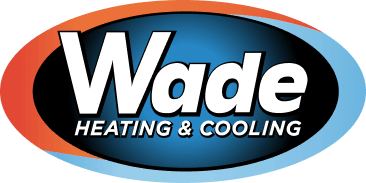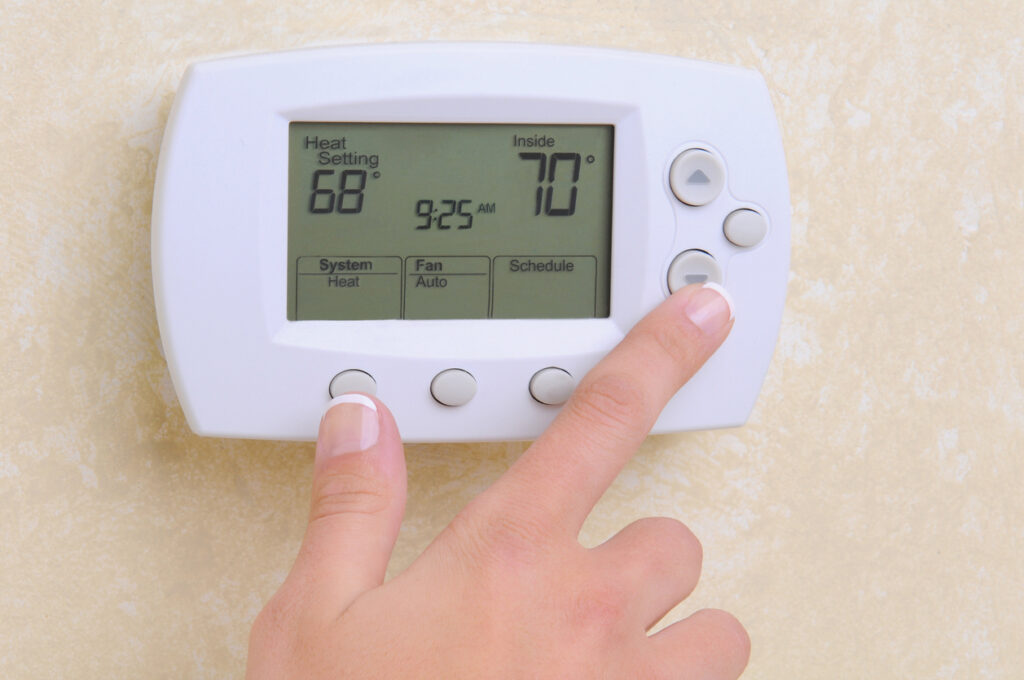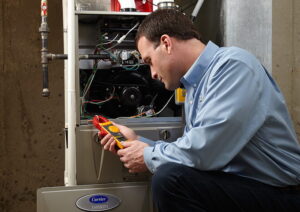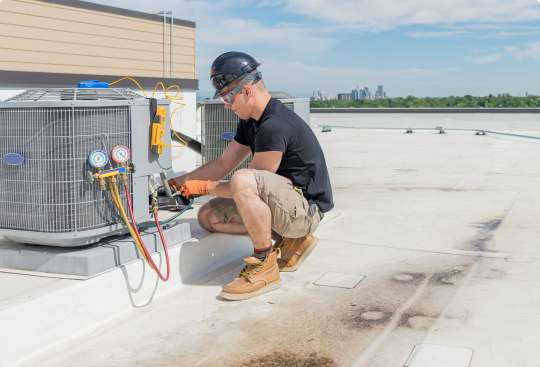Homes and businesses in the thriving Western Pennsylvania area know the impact of high humidity and soaring temperatures of the late summer. These conditions may not last long during the season, but they can have a huge impact on the overall comfort level of any structure and the inhabitants therein. Air conditioners are essential during this time of year, and regular maintenance is also a must to ensure the effective operation of any type of air conditioning unit. If it is time to replace, add, or install a new cooling unit, there have been some major changes in the products available and installation procedures for home and business cooling systems that may be of interest to buyers. New technologies have created new and greater possibilities in the heating and cooling options for new homeowners and property managers.
Central Air Conditioning Units
Uses And Benefits
Central air conditioning (AC) is useful to ensure the coolness desired by homeowners and business owners during the hot summer months and any other time temperatures reach uncomfortable ranges indoors. Central air units also have the ability to draw moisture from the air on especially humid days, creating additional comfort for people and pets that suffer from respiratory conditions. Central AC systems are useful at keeping temperatures and humidity at consistent levels while engaged. Automatic settings ensure even temperatures and avoid wasted energy. Anti-humidity systems and filters also preserve the structure of the home or building by preventing moisture from building up between the walls, along baseboards, and on fabrics throughout the structure. Modern central AC units are designed to run efficiently and to monitor features such as temperature, humidity, and overall air quality within a structure. When properly maintained, these units provide comfort and instill confidence for end users.
Installation Preparation
Installing any type of HVAC system will require a thorough investigation of the existing ductwork and the structure itself. This analysis will provide assurance that the appropriate system is chosen for the expected workload of the unit. Planning and installing ductwork is the initial and probably the most cumbersome part of installing central air systems, especially in older homes or buildings. This process requires referring to the floor plans or performing visual inspections to determine the path of duct tracks and organize the placement of all necessary unit fixtures and ductwork. Installing and connecting the compressor, motor, plumbing condensation lines, and electrical conduits are the finishing touches of the installation of central air units. Specific manufacturers have different criteria for their products and variations during the installation process may void warranties. Qualified service providers are able to ensure high-quality installation service and take care that all manufacturer specifications are met. If a structure contains usable ductwork, installation of a central air conditioning unit can be accomplished over a period of one to several days. The process to install new ductwork can be evasive and last for several weeks depending on the size and age of the home or office space. These estimates vary and may be quite different based on the installation process, size of the labor crew, and the actual building or home itself.
Ductless Air Conditioning Units
There are a few different ways to heat and cool a home or business without relying on the existing ductwork or installing new ductwork throughout the building. Window units are still available of course, but they are most effective at cooling only small spaces and require too much energy to feasibly be an efficient cooling method. Ductless AC systems offer a dual approach where part of the unit is installed inside the home or building and the business end, the compressor or motor, is installed somewhere outside the structure. These systems are great options for split level buildings, separate entrance structures, and older homes or businesses that have ductwork systems in disrepair. Other types of ductless air conditioning units currently exist and the technology continues to advance at a rapid rate. Hybrid units are efficient and give the homeowner or property manager the flexibility to alter the intake and output of air based on demand. This will help regulate energy costs while providing a consistent and comfortable environment for the occupants.
Uses And Benefits
Ductless air conditioning options are as effective at cooling the same amount of square footage space as a traditional central air conditioning system. The technology allowing these units to efficiently cool a home or building is continually expanding and making it easier and more affordable to provide ductless air conditioning units in residential properties and industrial complexes. Another benefit to the ductless AC system approach is the high level of air quality and purification options available. Microbial filters offer an additional level of protection against microscopic debris present in the air. This feature also provides less impact on the environment in terms of usage and production of byproducts. Since air is not traveling the length of the home or building space, there is no waste or excess energy used in the process of regulating the desired temperature. This can also help homeowners and businesses save on utility costs in the summer months.
Installation Preparation
The installation process for ductless AC systems is much more straightforward, in most cases than traditional central air conditioning systems. There are no special floorplans or specifications to be considered. Units can be installed in various rooms, as long as there is a connection between that room and an exterior facing wall. Condensation lines are put in place, the system is mounted as desired by the homeowner or property manager, and the electronic components are established for use. Unlike in a central air conditioning system, the air handling units are self-contained within the unit. There are no adjustments needed after installation to provide consistent airflow to a particular room or region of the building. Diffusers over air vents and other maintenance requirements are simply not necessary with the installation of ductless AC systems. Ductless systems can generally be installed in less than one day and require minimal downtime for the occupants of a home or building.
Choosing The Right Air Conditioning System For Your Home
Both options of air conditioning systems have their benefits. The cost should not necessarily be a deciding factor because either air conditioning system is an upgrade and should be considered as an investment in the property. A qualified service agent can review the property and provide additional information based on the specific needs and specifications of a home or business. A structure that has existing ductwork may be a viable candidate for traditional central AC because no additional installation is required. Structures that are straightforward, have multiple additions or otherwise contain several split entrances may benefit from the options available within ductless air conditioning units. These areas can certainly still be serviced with central air but may require additional floor vents, cold air returns, or strategically placed diffusers. The final decision on air conditioning system installation will ultimately be up to the homeowner or property manager. Since there are many factors to be considered, it is best to get the opinion of a qualified service provider before moving forward with pricing options. When weighing the options, consider the needs of the property, the overall temperature control requirements, and the occupants. Combining the desires and demands of all three of these criteria will ensure that you make a decision that will last for the lifetime of the home or building.








